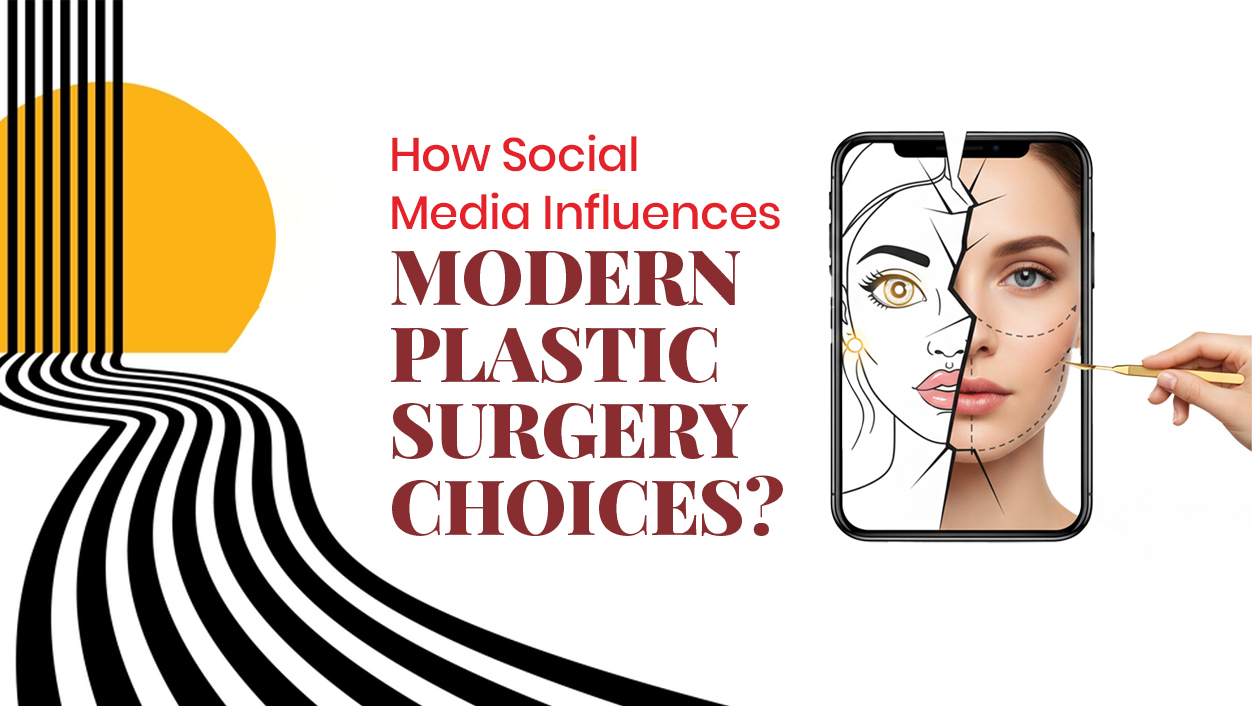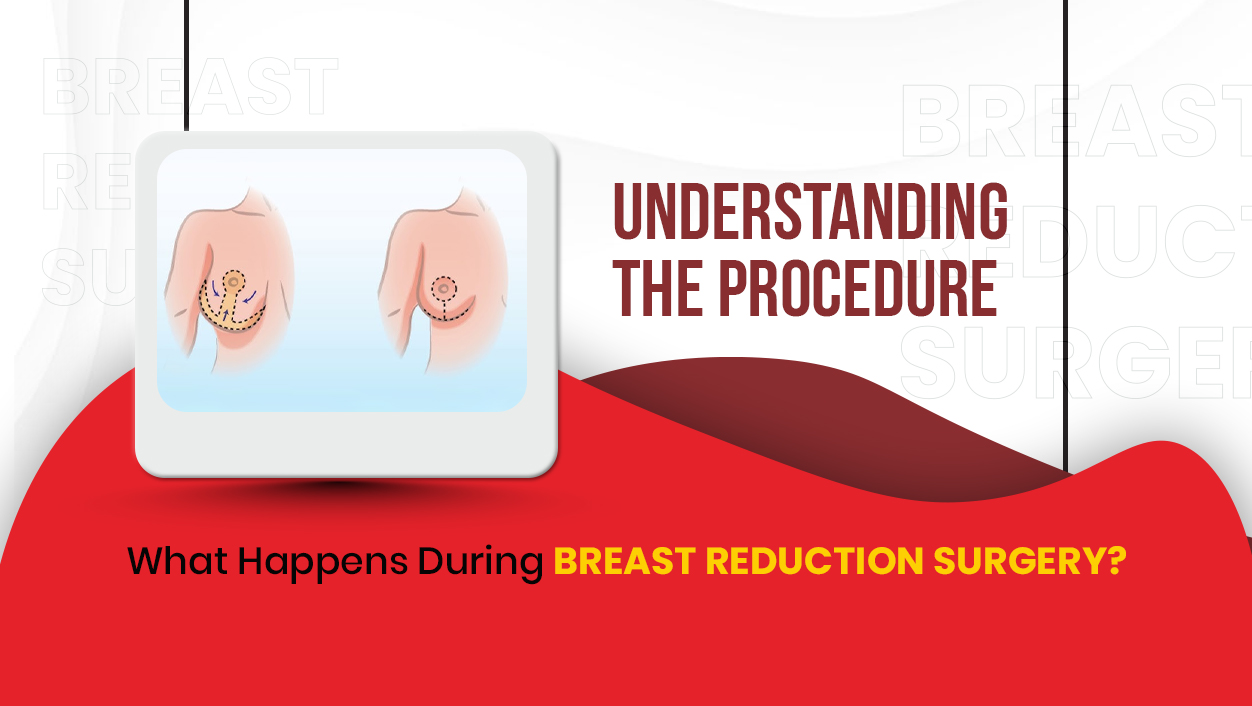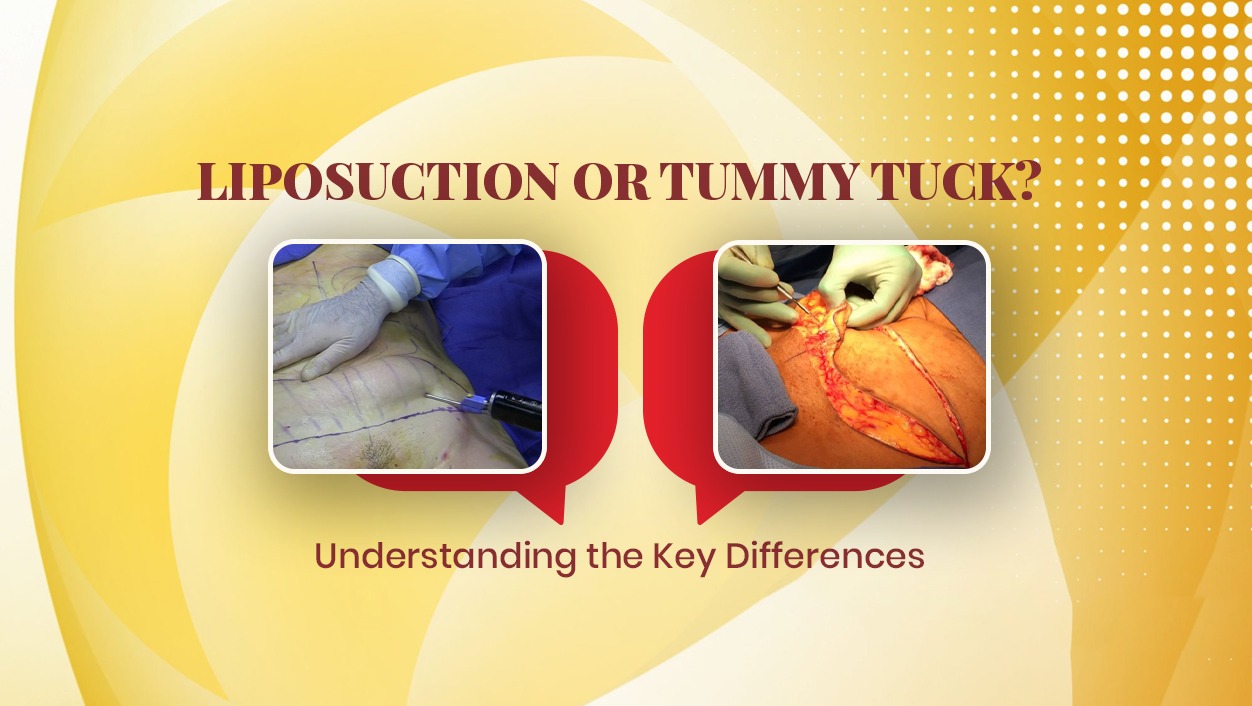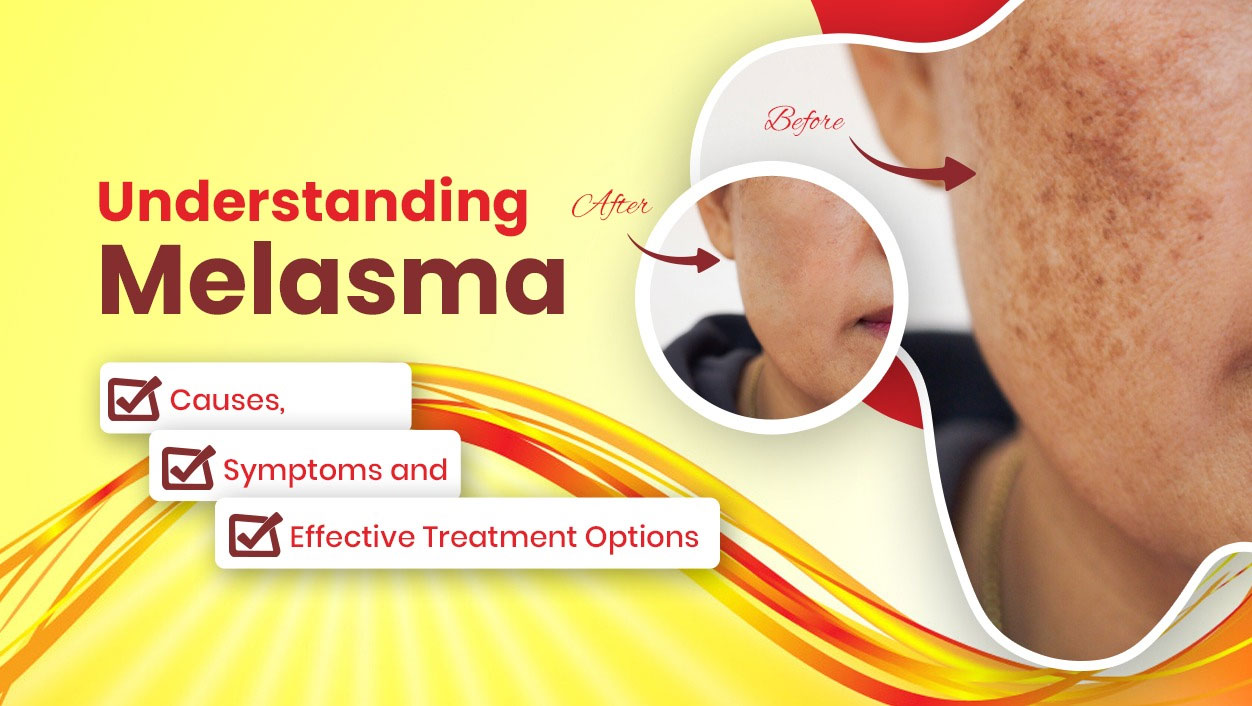Blog Details

How Social Media Influences Modern Plastic Surgery Choices?
Have you ever caught yourself scrolling through Instagram or YouTube and wondering why certain faces get all the attention? Why do some smiles and expressions seem to attract more likes, shares and approval? That same thought crosses the minds of many who walk into aesthetic clinics today. They see flawless reels, filtered selfies and effortless perfection and ask, Can I look like that on camera? It’s rarely about vanity. It’s about presenting your best self online. Every reel, every story and every post adds to the pressure of staying camera ready. Nose corrections, cheek lifts, lip fillers and skin treatments have become part of that pursuit. So how much of these choices come from aspiration and how much from pressure? That’s the question worth exploring. Filters, photo-editing tools and AI beauty apps are quietly altering self-perception. When people spend hours looking at a refined version of their own face, the unfiltered reflection can begin to feel unfamiliar. This mental gap often becomes the first step toward exploring cosmetic changes. What used to be private transformations are now public showcases. This visibility can inspire confidence, but it can also create pressure to meet an artificial standard. Today’s patients are not always seeking dramatic change. They want alignment between how they look and how they feel. Aesthetic procedures are increasingly viewed as a form of self-investment that brings emotional benefits, social confidence and a sense of control over one’s image. Most Common Plastic Surgery Procedures People Choose People today aren’t chasing dramatic makeovers. They’re seeking confidence alignment, small strategic changes that make them feel like their digital and real selves match. Below is an overview of the most sought-after procedures and what drives people to consider them. These are among the most requested because they’re visible, subtle and socially acceptable. Common procedures: Rhinoplasty (nose reshaping): still one of the top cosmetic surgeries, especially among younger demographics influenced by selfie culture. Blepharoplasty (eyelid surgery): popular for rejuvenation; tackles sagging eyelids and puffiness. Facelift / Mini-lift: modern versions are less invasive; often paired with skin tightening or fat grafting. Botox & Fillers: technically non-surgical, but dominate demand. Used for contouring, lip enhancement and wrinkle reduction. Why they come: Social media’s “fit aesthetic” has made body shaping highly aspirational. Common procedures: Liposuction: still a classic, now refined with technologies like VASER or laser-assisted methods. Tummy Tuck (Abdominoplasty): common post-pregnancy or major weight loss. Brazilian Butt Lift (BBL): popularized by celebrity culture; demand rising but concerns about safety have made patients more cautious. BodyTite, CoolSculpting: non-surgical options gaining traction for those hesitant about downtime. Why they come: Still among the most frequent surgical requests globally. Common procedures: Breast Augmentation (Implants or Fat Transfer): for enhancement or restoring volume post-pregnancy. Breast Lift (Mastopexy): addresses sagging without necessarily increasing size. Why they come: Often medically driven but with strong psychological motivation. Common procedures: Scar revision, cleft repair, burn reconstruction Post-trauma facial or body reconstruction Why they come: These bridge cosmetic dermatology and plastic surgery, often a gateway for first-timers. Common procedures: Laser resurfacing & pigmentation correction Hair removal (face/body) Microneedling with PRP Why they come: Research beyond the feed. Clarify your reason. Safety first, always. Even minimally invasive treatments require medical supervision. Confirm the credentials of your plastic surgeon, the safety standards of the facility and the technologies being used. Patience and realism matter. Social media has created a new kind of mirror. It shows us what we admire, what we aspire to and sometimes, what we feel we lack. The challenge is to look at that mirror with awareness. Plastic surgery, at its best, is not about chasing trends or perfection. It is about restoring confidence, balance and authenticity. The goal should never be to look filtered in real life, but to feel comfortable enough to live without one.The New Drivers Behind Aesthetic Choices
1. Visual conditioning
This phenomenon, sometimes described as “Snapchat dysmorphia,” has led individuals to seek procedures that recreate their filtered features in real life. It is not vanity but a modern psychological response to constant digital exposure.
2. Influence through visibility
Influencers and celebrities have made cosmetic procedures part of everyday conversation. Many people arrive at clinics with screenshots or references to a specific look seen online. While this transparency encourages openness, it also creates unrealistic expectations when digital edits and angles are mistaken for real outcomes.
3. The confidence economy
1. Facial Refinement & Anti-Aging
People want to look refreshed, not different. There’s a shift toward “tweakments” that enhance facial harmony rather than dramatic change.2. Body Contouring & Sculpting
To regain body confidence post-weight change or pregnancy or to achieve a sculpted, social-media-ready look.3. Breast Procedures
Breast Reduction: sought both for comfort and aesthetics.
Mostly personal comfort, symmetry or post-childbirth body restoration. Increasingly, patients are opting for natural-looking results over large augmentations.4. Reconstructive & Corrective
Gynecomastia correction (male breast reduction): major rise in young men, often due to body image concerns.
To restore normalcy and confidence after trauma, hormonal imbalance or congenital issues.5. Skin & Laser Treatments
Acne scar treatments
Non-surgical results, low downtime and visible skin improvement for a “camera-ready” appearance.Before You Decide: What to Consider
Social media can help you discover options, but not everything shown online represents safe or ethical practice. Check verified medical sources, real patient reviews and qualified practitioners before making decisions.
Choose any aesthetic procedure for yourself, not for comparison or validation. The goal should be confidence and comfort, not replication of someone else’s features.
Every body and face responds differently. Achieving natural, lasting results takes time, planning and clear communication with your medical team.A Closing Thought












